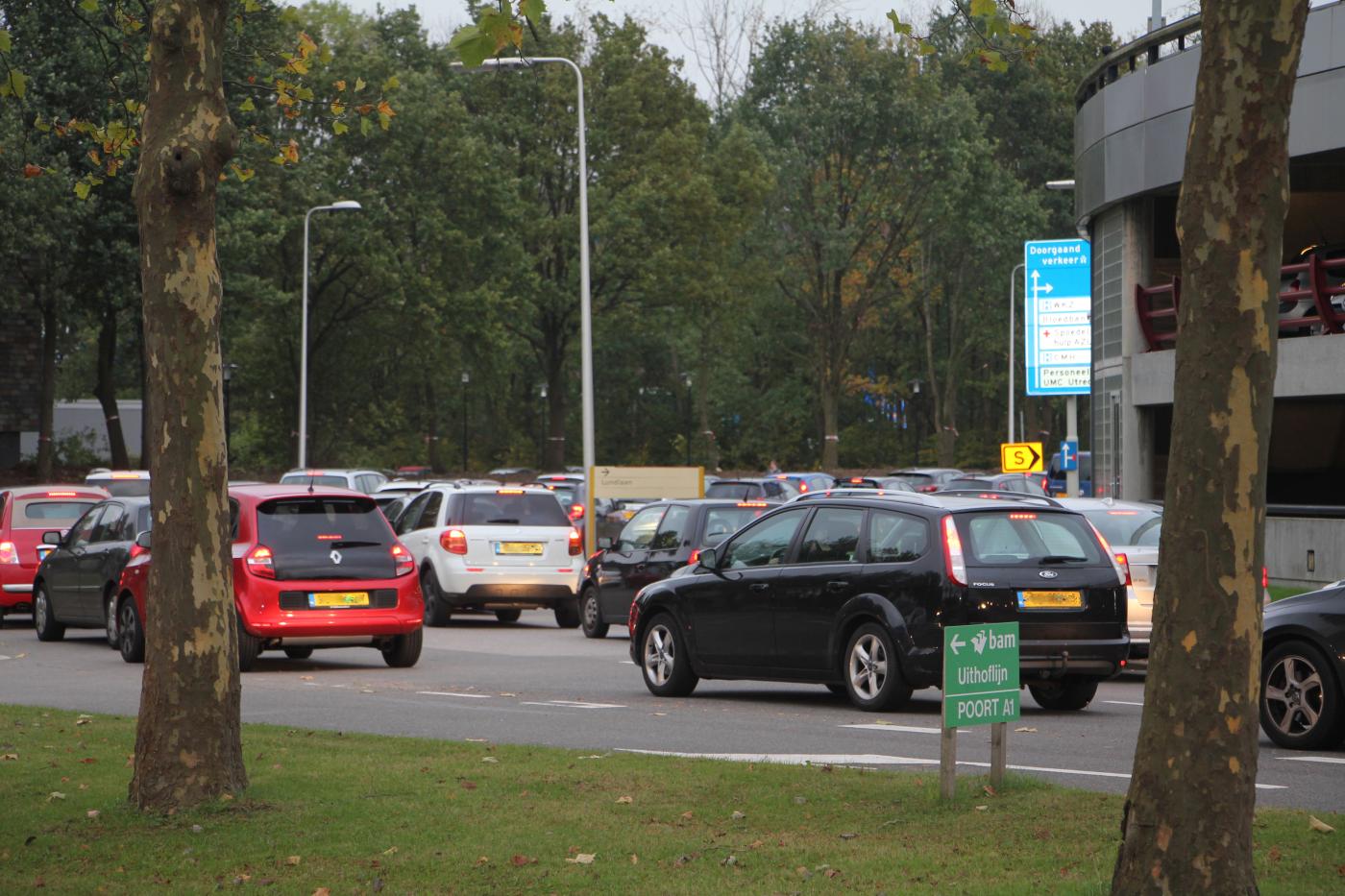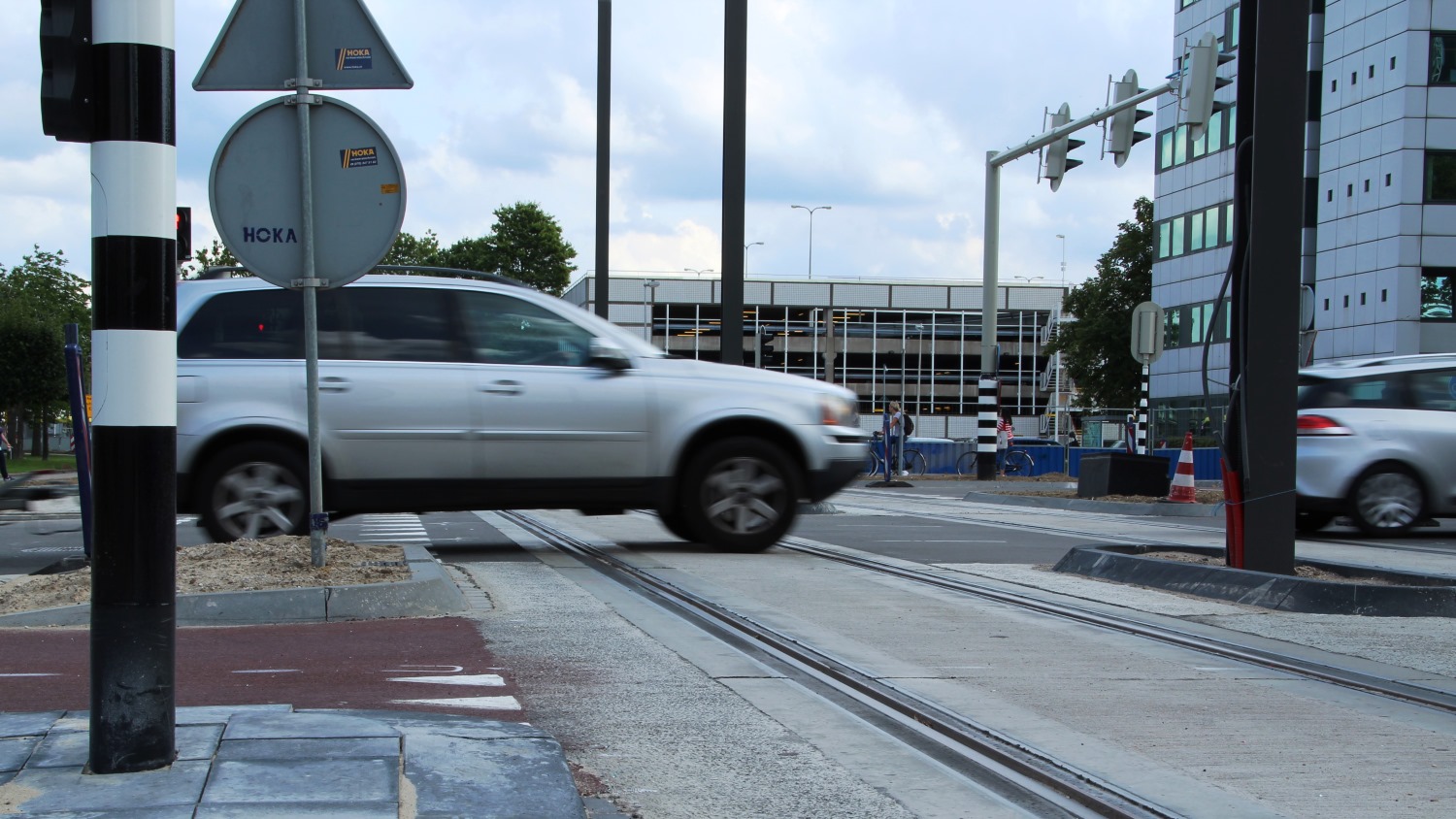UU: less flying, less CO2 emission, more compensation

Starting in 2018, all flights UU employees take for work, need to be counted and compensated. All faculties and departments will need to present two concrete plans to reduce their CO2 emissions in 2018. The UU’s cars will be replaced by ‘emissionless’ vehicles, and a car share project with electric cars will be presented. These measures are necessary to realize the UU’s ambition to become a CO2-neutral organization by 2030. The university is adhering to the Paris climate goals to ensure the earth’s temperature doesn’t rise by more than 1.5 degrees Celsius. The university’s goal is to cut back greenhouse gas emissions by a third by 2020, compared to 2014. Between 2020 and 2030, the goal is to get to the zero.
Plane car, public transport

The UU is focusing mostly on energy and transportation, according to the note ‘CO2 strategy Utrecht University’ which was discussed with the university council recently. The university’s energy consumption, daily commutes of students and employees, and work-related travel make up around 95 percent of the university’s ecological footprint – hence why the Executive Board wants to take action in these areas.
In 2014, mobility made up 34 percent of the university’s footprint. Public transport made up 16 percent, travel by car and plane each 9 percent. According to the plans, the university will easily make the 2020 goals. Calculations show a 44 percent decrease by then.
This is partially through energy saving, and buying sustainable energy. What also helps, without action from the university required, is that the trains have switched to sustainable energy sources, and the Uithof tram line, as a bus 12’s successor, also runs on clean energy. This is beneficial to the university’s footprint. The university board’s reasoning is that the university needs employees and students to come to the university for work and study; for that same reason, counting commutes is a regular part of calculating the footprint. The UU uses the so-called CO2 performance ladder.
Car
The university’s also considering what to do to lower the percentage of employees commuting by car from 22 to 19 percent by 2020. “We haven’t found any ready-to-use solutions yet,” says Michiel Scherrenburg, program manager Sustainability. “There are several possible options.” One of the measures the UU has been considering for some time, is to implement paid parking for employese.
To find a solution on how to get employees out of their cars and onto their bikes or into public transport, the university is asking for external expertise. They will consult with other organizations that have been successful in reducing the use of cars.
Counting flights
One area the university still has a lot of work left in, is work-related travel. This doesn’t only include the facility services and the Executive Board’s two lease cars, but also all employees’ air travel.
The 9 percent CO2 emissions that account for flights, is just an estimate. It’s unknown how many times UU staff travel by plane and how many flight kilometers those travels make up. To map these data, the university will start counting all personnel flights starting January 2018. Gaining knowledge through measurement, as the Dutch say, will allow the university to continue developing plans to, for instance, further reduce the kilometers flown by employees through a so-called awareness and behavior campaign.
That includes the obligation to compensate flights’ CO2 emissions, as there isn’t a sustainable alternative available for every flight. A return trip to New York City, for example, would become 20 to 25 euros more expensive. This money will have to come from the university’s travel budget.
The department Energy & Resources of the Copernicus Institute has been compensating travels to conventions for years. But a ‘plenary indulgence for CO2’ isn’t sufficient, says PhD candidate Oskar Kraan, who works at the same department. He wrote an opinion piece about this. Michiel Scherrenburg agrees. “We need to come up with alternatives to flying. For destinations relatively close to home, travel could be done by train or boat.”
The travels made by international students to get to Utrecht, should also be included in the UU footprint, says the university council. The Executive Board agrees. At the moment, however, not enough data is available about the CO2 emissions from those flights. Research into those data is not a priority at the moment, the board says. There’s already a full schedule planned.
Emissionless vehicles and energy-efficient buildings
Other measures the university wants to take starting in 2020 include replacing the company cars with ‘emissionless vehicles’, Scherrenburg says. “The most obvious solution would be replacing the cars with electric cars. We’ll also start a car share project with electric cars in The Uithof.”
To reduce energy use even further, and to make the energy used more ‘green’, several ambitions were defined. In construction and renovations, measures will have to be taken to ensure the most energy-efficient solutions. In 2030, the thermal power station will have to be closed, and all current buildings will have to be hooked up to sustainable energy systems like the geothermal heating that’s already in place for the buildings in the north-west corner of the Uithof, among others. The university will also be exclusively using sustainable energy by then.